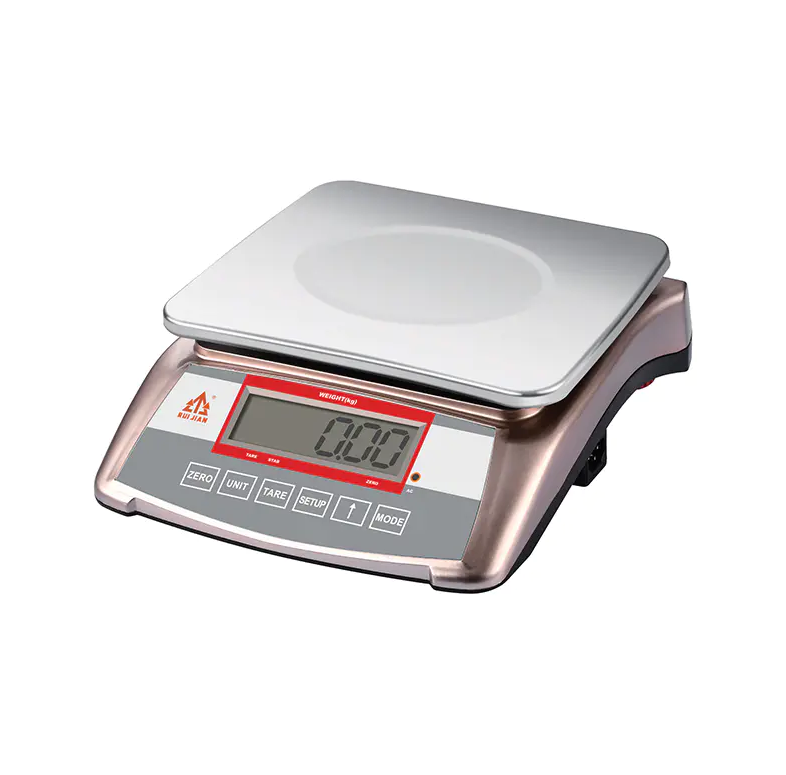Practical Strategies to Ensure Consistent Accuracy When Using Price Computing Scales in Stores

The accuracy of price computing scales is a critical factor for retailers, markets, and industrial operations where precise measurements directly affect revenue and customer satisfaction. Accurate scales ensure that products are sold at the correct price based on their weight, eliminating discrepancies that could lead to financial loss or disputes. High-precision scales use advanced sensors and load cells to detect even minor variations in weight, translating these measurements into accurate pricing calculations. Maintaining accuracy is particularly important when handling high-volume transactions or items sold in variable quantities, such as produce, meat, or bulk goods.
One key element affecting accuracy is the quality of the load cell and sensor technology. Modern price computing scales employ strain gauge or electromagnetic load cells that offer high sensitivity and minimal error. These components detect weight changes precisely and convert them into electrical signals that the system can process for pricing. The design of the weighing platform also contributes to measurement consistency. A stable, level, and vibration-free surface prevents errors caused by tilting or uneven distribution of weight, ensuring that readings remain reliable even during frequent use.
Calibration is another essential factor in maintaining scale accuracy. Regular calibration against certified weights ensures that the scale produces precise measurements over time. Some advanced models include automatic calibration features, which adjust for minor deviations without requiring manual intervention. This capability is particularly valuable in high-traffic environments where continuous operation makes frequent manual calibration impractical. Proper calibration also compensates for environmental factors such as temperature fluctuations or changes in humidity, which can affect sensor performance and measurement consistency.
The accuracy of price computing scales can be further influenced by operational practices. Proper use, such as ensuring that items are placed fully within the weighing area and avoiding sudden impacts or overloading, helps maintain precision. Tare functions, which account for packaging or container weight, also contribute to accurate pricing by subtracting non-product weight from the total measurement. In addition, periodic maintenance, including cleaning the weighing platform and checking for loose components, ensures that the scale continues to perform reliably over time.
Technological advancements have enhanced the accuracy of modern scales. Digital displays with fine resolution, real-time error detection, and integrated software allow operators to monitor and adjust measurements as needed. Networked scales can synchronize data across multiple devices, maintaining consistency in multi-terminal retail environments. These features, combined with high-quality components and proper operational practices, ensure that price computing scales deliver precise, dependable results.
In conclusion, the accuracy of price computing scales is determined by sensor quality, calibration, operational procedures, and maintenance. By selecting reliable models, calibrating regularly, and following proper usage guidelines, businesses can ensure precise measurements and correct pricing for all products. Accurate scales not only protect revenue but also enhance customer trust and satisfaction in retail and commercial settings.
Size: 345x355x85mm
Metage: 30kg/1g
Weight: 3.05kg/3.6kg
Qty: 5 pcs/ctn
Inner box:37.5x12.5x38.5cm
Outer box: 64.5x39x40.5cm
20GP:1400pcs
40HQ: 3400pcs
- Art
- Causes
- Crafts
- Dance
- Drinks
- Film
- Fitness
- Food
- Jocuri
- Gardening
- Health
- Home
- Literature
- Music
- Networking
- Alte
- Party
- Religion
- Shopping
- Sports
- Theater
- Wellness


